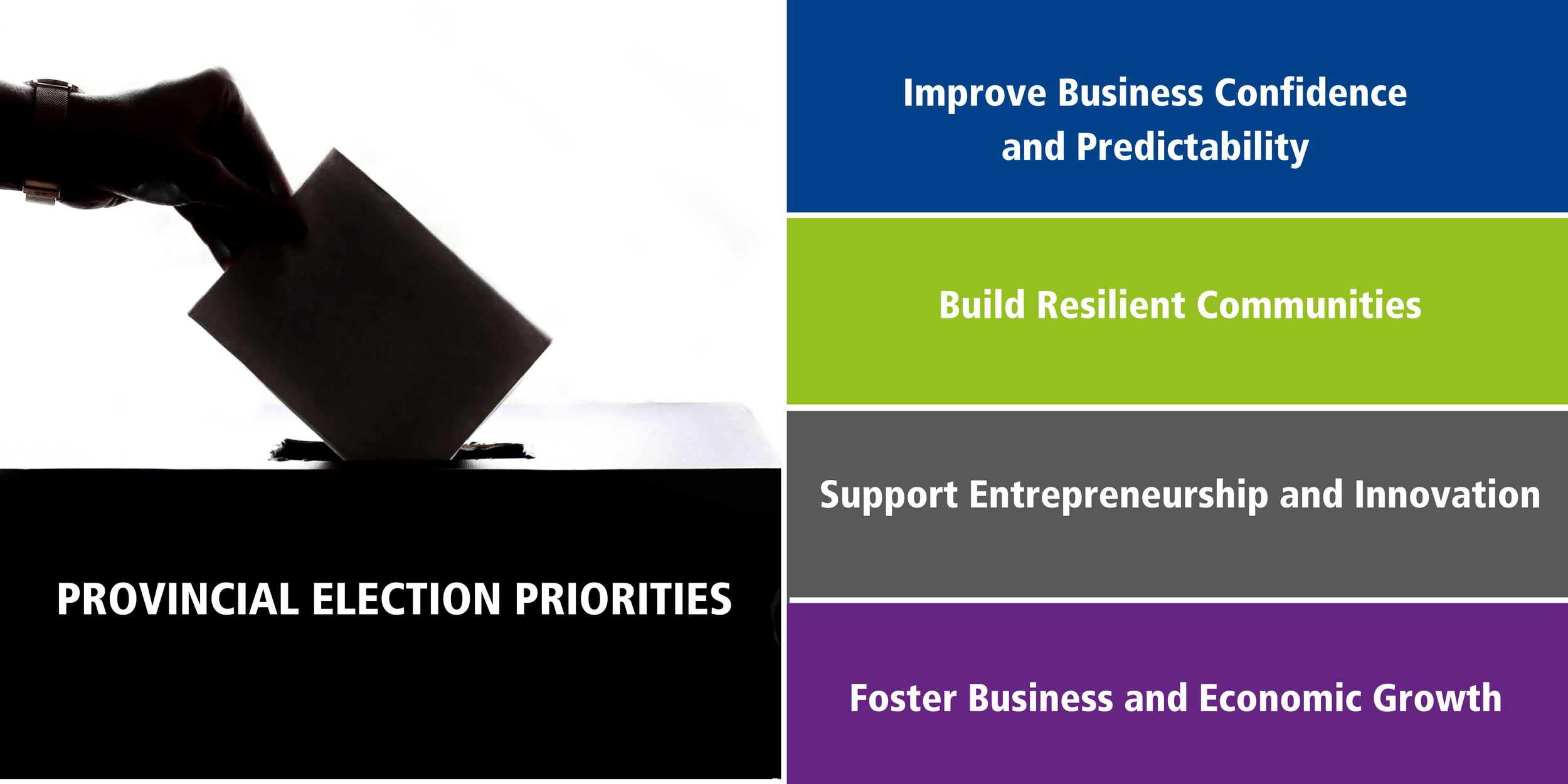As a Chamber, we would like to congratulate all of our elected officials on their successful campaigns, including Peterborough-Kawartha MPP Dave Smith, Northumberland-Peterborough South MPP David Piccini and Haliburton-Kawartha Lakes-Brock MPP Laurie Scott. We look forward to working with you to build a stronger community.
Additionally, we would like to thank all of our local candidates and their teams of volunteers who put in many hours knocking on doors, talking to residents, and tackling local issues. While it didn’t result in a seat in the legislature, those hours of community engagement have a substantial impact as we try to sort out our priorities for the future. Creating meaningful dialogue and grassroots momentum on local issues is at the core of the democratic process.
With the election behind us, it’s time to put our attention on governance. The first term of this government saw a host of newly elected MPPs — but now most, including our local MPPS, are seasoned veterans. They dealt with a worldwide public health crisis, sky-rocketing housing prices, record-breaking inflation, and a major labour force and skills shortage. But now those issues aren’t new. The expectation is that re-electing local leaders should allow them to take the last four years of experience and planning to hit the ground running. We expect to see results.
Our role as a Chamber is to be non-partisan on the politics and push our elected representatives to act on local business and community issues. We welcome the support of all parties and candidates in progressing policy that will build, support and provide opportunities for the local business community to thrive.
The Ontario Chamber of Commerce has a four-point plan called Vote Prosperity which lays out priorities for our newly re-elected government:
1. Improve Business Confidence and Predictability
Predictability is fundamental to business confidence, economic recovery and prosperity. Businesses need a stable policy environment with clear timelines, contracts, consultations, and strategies to help them plan for the future and make long-term investments. Given the uncertainty brought on by COVID-19, Ontario must also bolster its pandemic preparedness in response to ongoing and future threats.
2. Foster Business and Economic Growth
The dual economic and public health crises of the past two years have left many businesses and households in Ontario with record levels of debt and financial instability. Pro-growth measures for business will fuel economic recovery. Ontario will need to focus on actions that support business access to the capital, markets, and talent that they need to grow.
3. Build Resilient Communities
A strong economy is built by healthy and resilient communities. Ontario will need to address challenges within our health care system, the ongoing impacts of climate change, access to housing, municipalities’ fiscal capacity to support regional economies, and infrastructure deficits.
4. Support Entrepreneurship and Innovation
Ontarians’ entrepreneurial spirit is one of the province’s greatest competitive advantages. Ontario will need to foster an environment that encourages new business ideas and investments to boost productivity and create the jobs of tomorrow.
Building a stronger business community over the next four years needs to involve social change as well, including greater engagement and consultation with Indigenous communities, investing in growth that helps meet our climate change goals, and addressing the mental health, addictions and poverty issues that have become much more visible in our communities.
While our expectations for building a stronger community are high, we don’t expect our politicians to do it alone. In fact, we prefer them not to. Besides their local Chamber of Commerce, there are a host of community organizations, non-profits, charities, businesses and residents that want to help. We’re invested in building a more sustainable and resilient community and our expectations involve our local leaders working with the talent, experience, and voices available in Peterborough and the Kawarthas.














